“O man, learn to dance, or else the angels in heaven will not know what to do with you!” These words were uttered by the theologian and philosopher Augustine over 1,600 years ago. His advice has been heeded because people are dancing. The styles that are taught, learned and practised around the world include expressive dance, Butoh, modern dance, jazz dance, rock ’n’ roll, hip-hop, step, breakdance, disco dance, tango, oriental, street dance and folk dancing.
Dancing is more than a pastime for the young dancers aged between 15 and 18 who compete each year in the Prix de Lausanne, the Swiss ballet competition. These youngsters dance because they feel it is their vocation in life. They are not striving to be IT specialists, doctors or journalists like other people; their only goal in life is to become professional ballet dancers. They have opted to pursue the most demanding of all dance styles. Classical ballet, an art form in its own right, involves a sophisticated system of dance steps. They are the be-all and end-all for an aspiring professional dancer. Anyone who trains their instrument, the body, in ballet creates the optimal basis for the art of expressing moods and feelings purely through movement. But this is where the problem begins. Dance is an ephemeral art form. There are no scores like in music and no libretti like in the theatre. Dance is passed on and taught, from person to person.
Short career span
“O man, learn to dance!” That is easier said than done. Young dancers have a difficult path to follow and face intense competition before they make it to the top. Those wishing to turn professional must learn to dance at an early age and train regularly with great discipline but also in the proper way. Even for dancers who possess all the physical and mental attributes required – determination, a good memory, musicality and stamina – there is no guarantee that they will ever perform on stage as a soloist. And because the work takes place behind the scenes at a ballet school, many things can go wrong when preparing for this career. A ballet student wishing to pursue a professional career should switch from a private to a professional ballet school at the age of just 10. However, such schools only exist in major cities. This means that many of these children have to leave their parental home at an early age and not all of them possess the self-confidence required at that stage. The dance training also presents a dual challenge as normal school lessons have to be attended in addition to daily dance training.
It is just as arduous later on. After finishing education, the search for a position with a company begins. This is particularly difficult for those who do not have any stage experience. Finally, dancing is a short-lived career as ballet dancers are considered over the hill by the age of 38 at the latest. At an age when others have not yet peaked in their careers, dancers are faced with the question: What now ?
Potential counts
One person who was very familiar with the circumstances and problems facing up-and-coming professional dancers was the Swiss industrialist Philippe Braunschweig (1928-2010). The heir of a prominent Swiss watchmaking family from La Chaux-de-Fonds studied physics in Zurich and then managed an international family company. His passion was nevertheless ballet. He wanted to help improve the lives and career prospects of talented youngsters. He also knew how to achieve this – with a scholarship competition. Together with his wife, the Russian ballerina Elvire Krémis, he came up with a scheme and founded the Prix de Lausanne.
The competition became a milestone for the ballet world. It is still regarded as one of the most significant springboards for the career of dancers today. Philippe Braunschweig believed that the experience ballet dancers acquired for the stage was also valuable experience for life, as attributes such as discipline, creativity and team spirit are qualities which are also crucial in other professions. Society should not disregard this enormous potential that dancers have to offer. There were, of course, other ballet competitions at the time, such as those in Varna, Bulgaria and Jackson, Mississippi. However, these focused primarily on professional dancers, and their prizes were more confirmation of achievement than funding. The goal of the Prix de Lausanne was to select young dancers with the greatest dance ability and artistic potential from those who were not yet fully trained. As the winner of the “Prix”, they would be given the opportunity to obtain scholarships for the best dance schools in the world.
The concept was well received. Not only could numerous dance schools and companies be secured as partner institutions of the Prix de Lausanne, various sponsors were also attracted. The competition today operates with a budget of over two million Swiss francs. And it remains innovative. In 2015, an additional scholarship worth USD 50,000 should be awarded for the first time via a crowdfunding website.
But it is not just the prizes that make the Swiss dance competition so attractive. The intensive week – the climax of which is the public semi-final and final with an award ceremony – also provides the young dancers from all over the world with one advantage that other competitions do not offer. Through direct comparison with competitors in their own age group, the young dancers here often have the unique opportunity to discover at an early stage whether their dreams of turning professional are realistic and whether they really possess sufficient talent, personality and determination for a career in dance or whether they might be better off focusing on a different career path instead of sacrificing those vitally important years between 16 and 20 in pursuit of an illusion.
More than just a competition
The “Prix” was held for the first time in Lausanne in 1973. The initiative got off to a good start. What began as a small-scale event on Lake Geneva has continually been developed, adapted and made more professional. The Prix de Lausanne almost became a victim of its own success. The number of entrants – especially from Asia – soared. Whereas 30 dancers entered the competition in the beginning, over two hundred registered just a few years later. There were 296 entrants from 34 countries for the 2015 competition. Seventy got through the pre-selection round (based on a video submitted by the candidates) and will travel to Lausanne in February.
The Prix de Lausanne has also come in for some criticism from the outset. Some harsh accusations have been levelled in more recent times. Such performance-based competitions are excessively demanding, some say. There are major risks of accident, and young girls could be driven to anorexia. The management has responded to the criticism. Since 1999, the “Prix” has been more than just a competition. Over the course of a week, it runs a fringe programme with workshops, training sessions and seminars on key health issues. Unlike previously, these courses are now open to all participants, including those who do not make it through to the final. This, too, makes the “Prix” appealing. It is an enriching experience for everyone. Viewed in this light there are only winners on Lake Geneva.
Marianne Mühlemann is the culture editor with the “Bund” in Berne
Switzerland gains ground
The 43rd Prix de Lausanne will take place from 1 to 8 February 2015 at the Palais de Beaulieu in Lausanne. Seventy dancers from 18 countries have qualified. These also include four female performers and one male competitor from Switzerland as well as the Swiss Abroad Miko Fogarty from California. The other young dancers come from Australia, Brazil, China, Finland, France, Hungary, Italy, Japan, the Netherlands, Norway, Portugal, Russia, South Korea, Spain, Ukraine, the UK and the USA. For many years no talented youngsters from Switzerland managed to qualify. This is undoubtedly explained by Switzerland’s lack of ballet tradition. Classical dance is a courtly art form, and Switzerland has never had a monarchy, a national opera or a national ballet school. Ballet has only been fostered in Switzerland since the 1950s. Talented young people were trained at private ballet schools long before that. In contrast to other countries, the profession of ballet dancer was not officially recognised. Switzerland thus fell behind by international standards. Since the entry into force of the new Vocational Training Act in 2004 and the revised Universities of Applied Sciences Act in 2005, federal government has been able to recognise professions and courses of study in the arts. Today, Switzerland has its own professional training institution for classical dancers, the Zurich Dance Academy. Talented youngsters from 11 to 19 years of age are prepared here for a career in ballet. Whether they will make it through to the final against the strong foreign competition in Lausanne remains to be seen.
The final will be streamed live. Information, blogs and videos:
www.prixdelausanne.org; Crowdfunding via: www.indiegogo.com
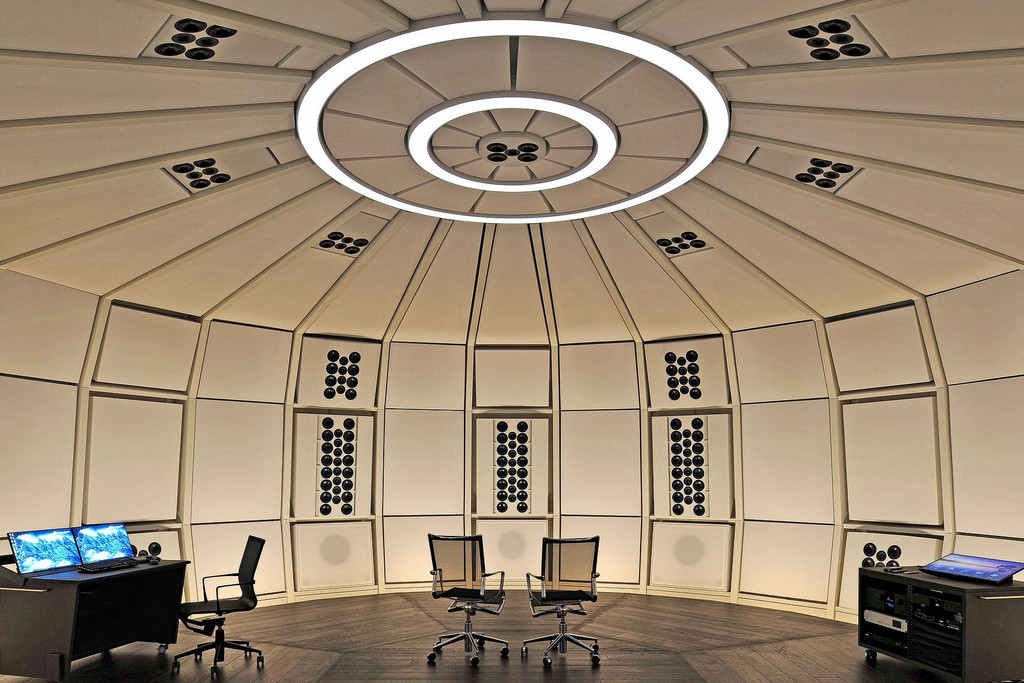

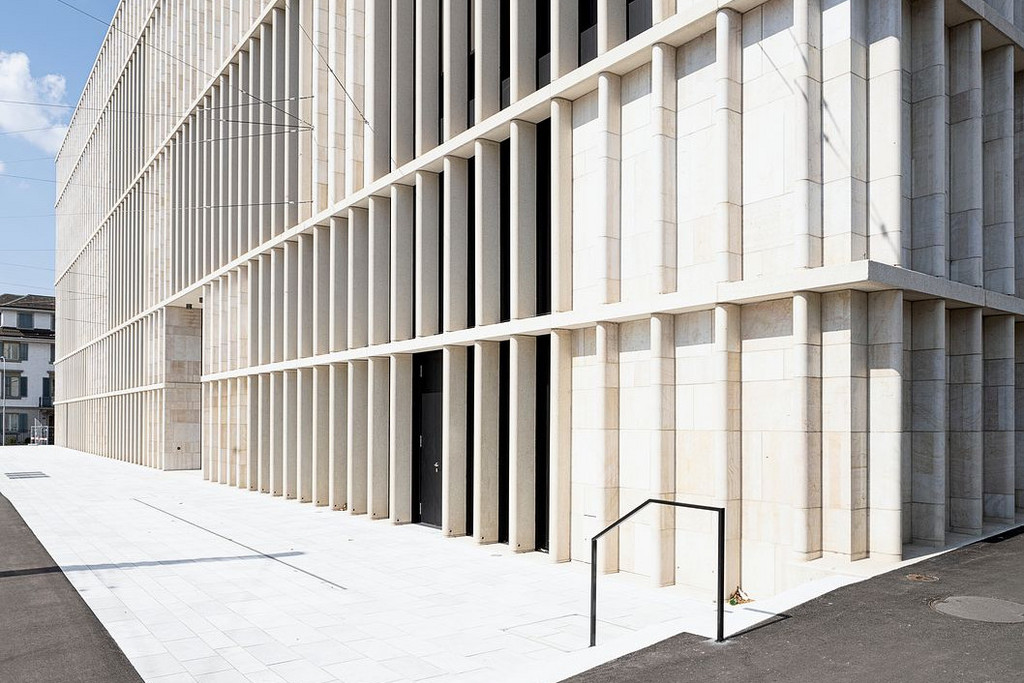


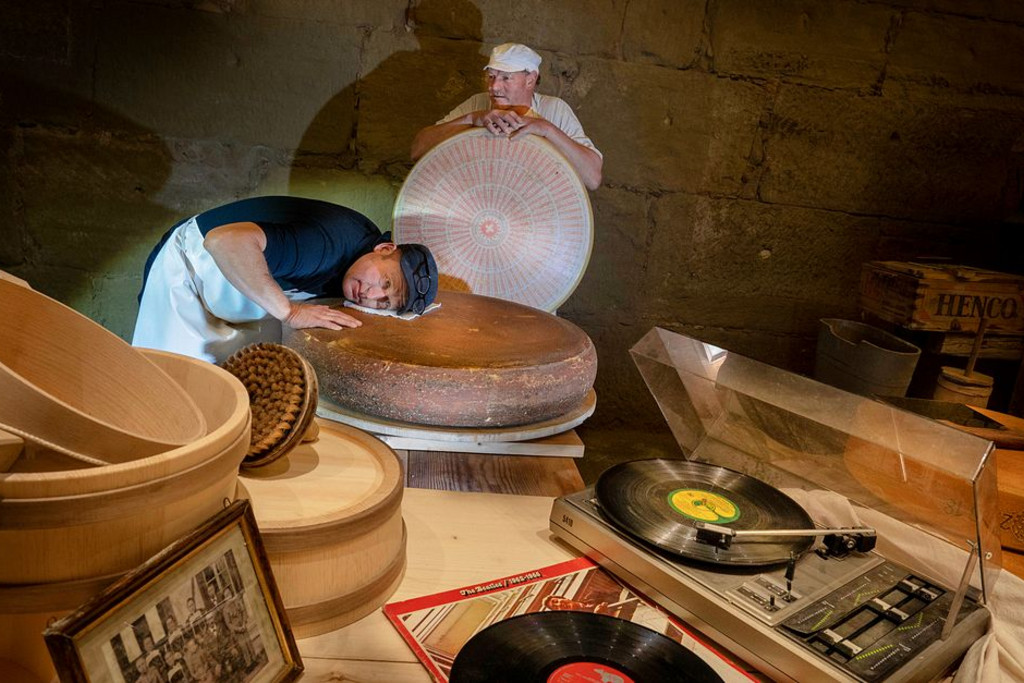





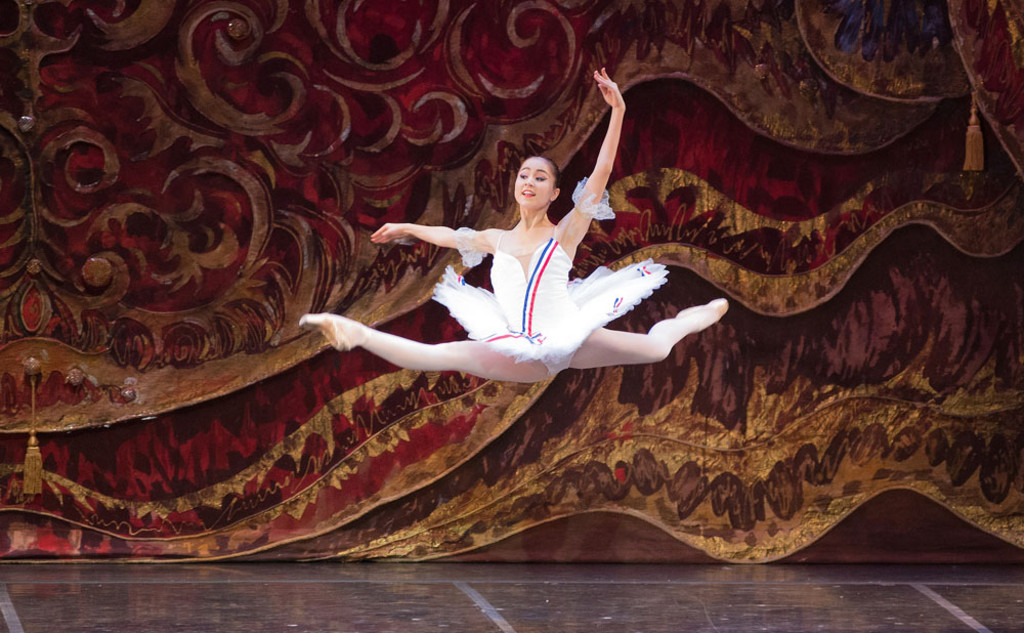
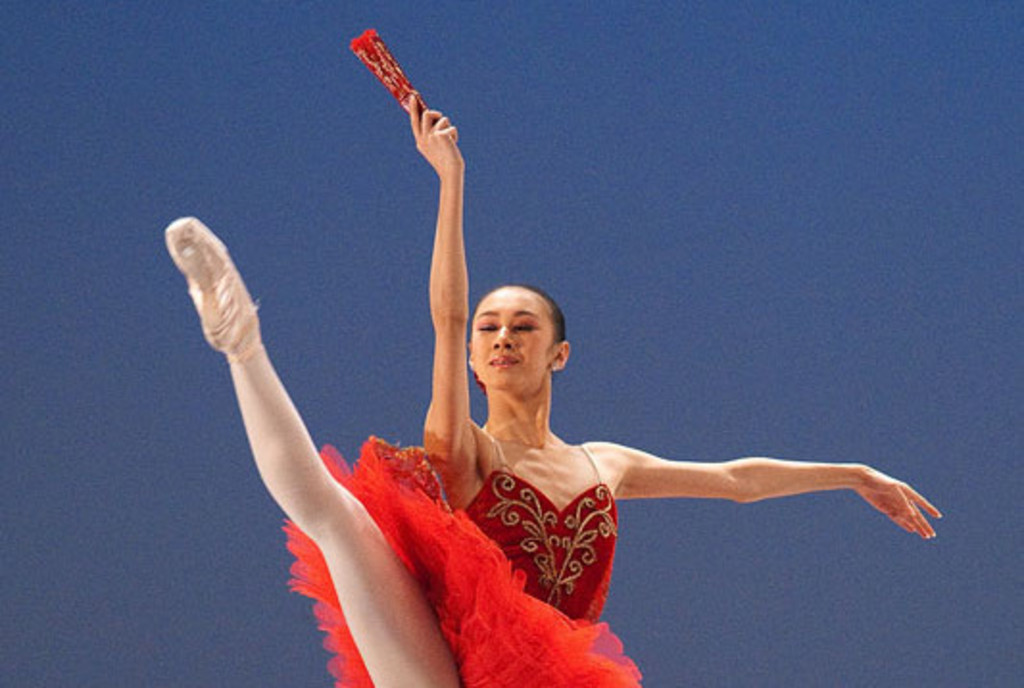
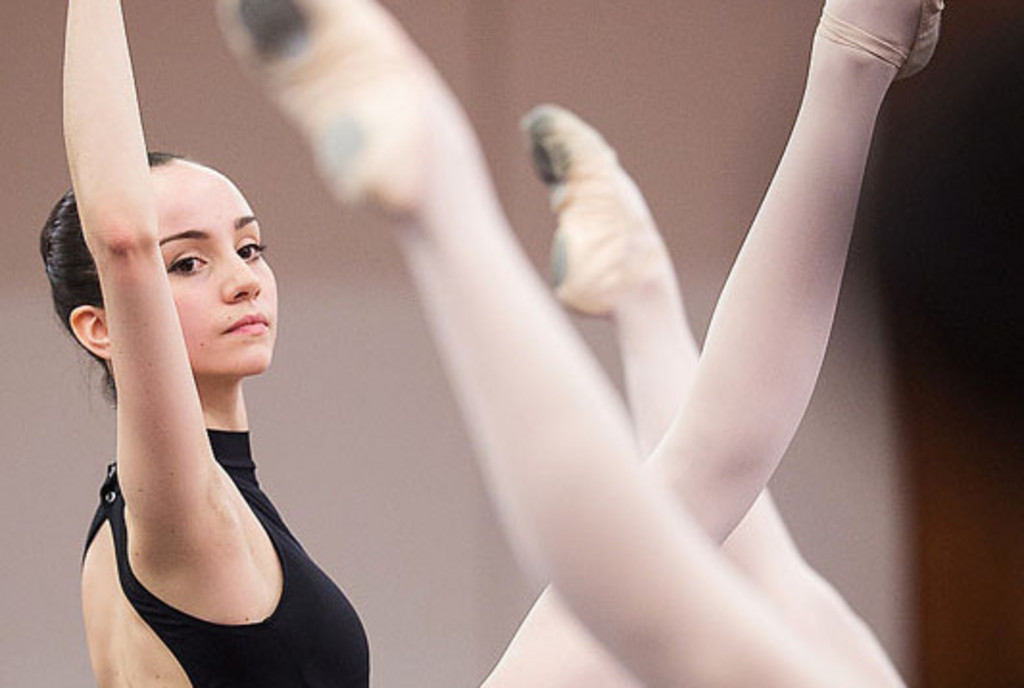
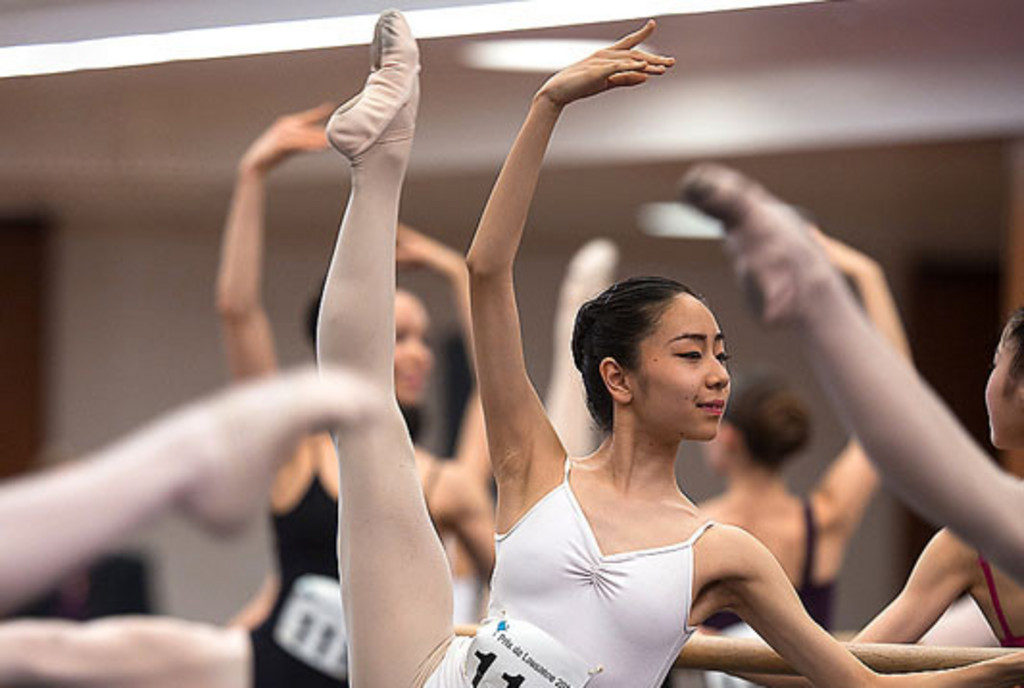
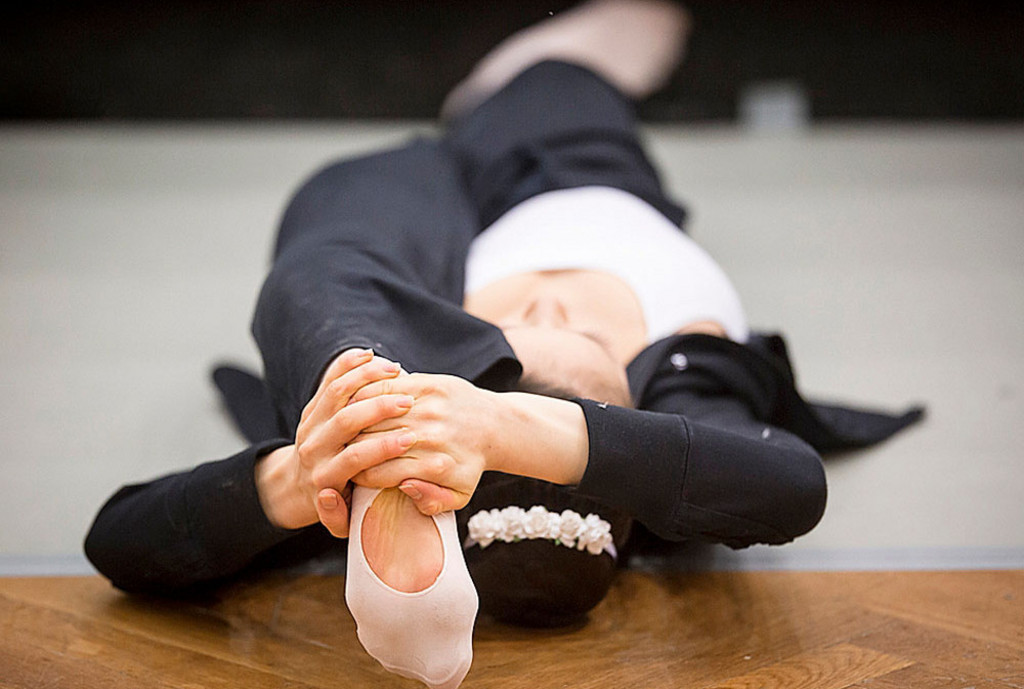
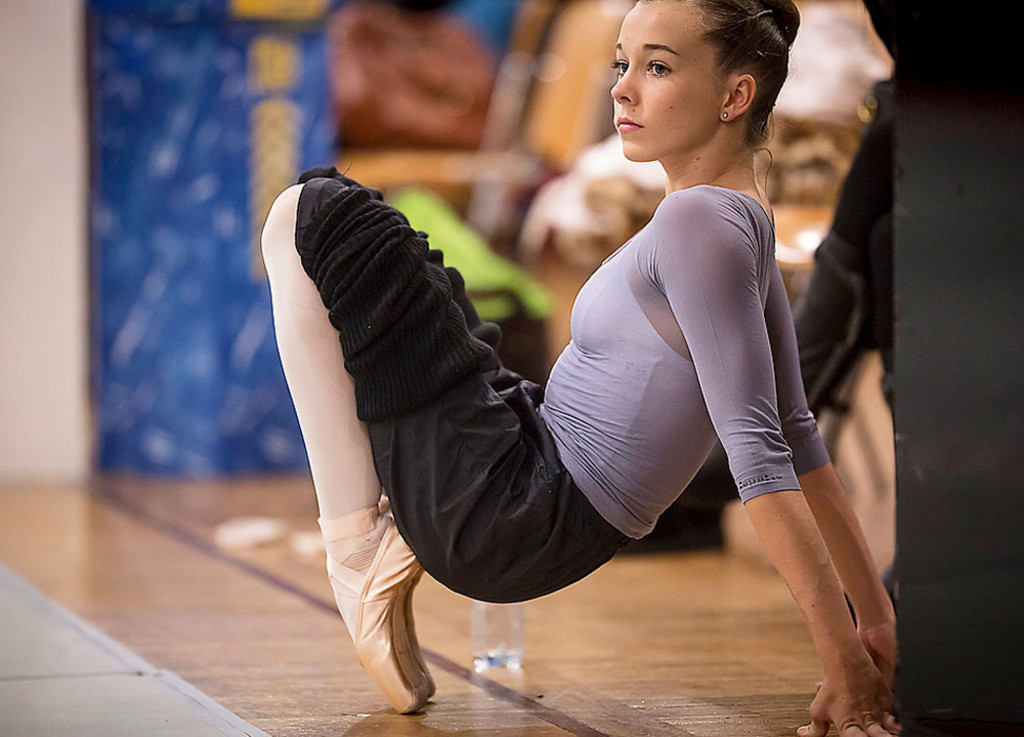
Comments
Comments :